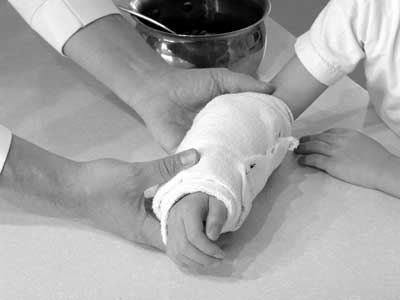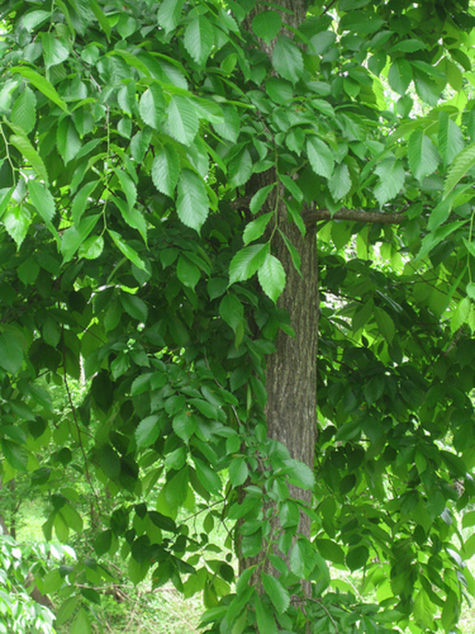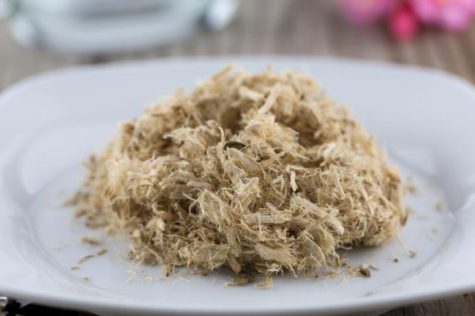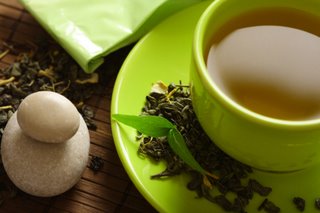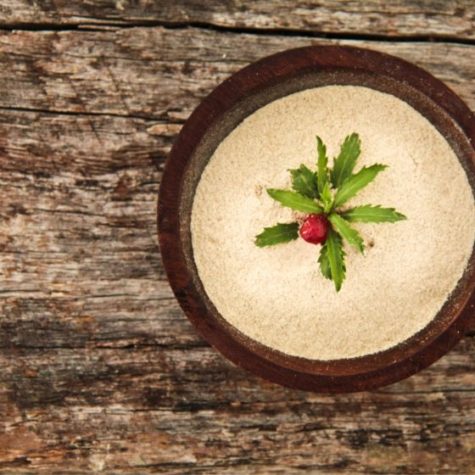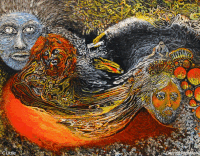Slippery Elm
Marsh Mallow Ointment
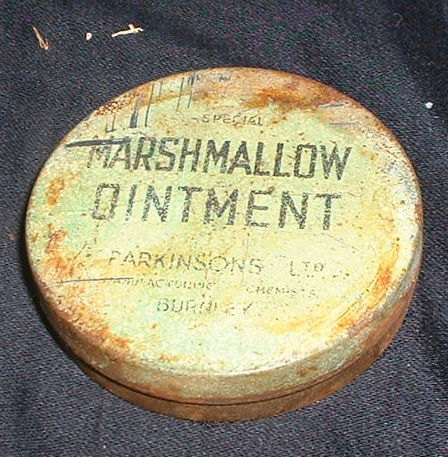 Marshmallow Ointment, one of the principal ointments used in herbal medicine, has a considerable proportion of Slippery Elm bark in its composition. It is made as follows:
Marshmallow Ointment, one of the principal ointments used in herbal medicine, has a considerable proportion of Slippery Elm bark in its composition. It is made as follows:
- 3 oz. Marshmallow leaves
- 2 oz. Slippery Elm bark powder
- 3 oz. Beeswax
- 16 oz. Lard
Boil the Marshmallow and Slippery Elm bark in 3 pints of water for 15 minutes. Express, strain and reduce the liquor to half a pint. Melt together the lard and wax by gentle heat, then add the extract while still warm, shake constantly till all are thoroughly incorporated and store in a cool place.
Use for chapped dry skin, burns and abrasions.
Source: A Modern Herbal
For information on individual herbs visit: The Encyclopedia of Herbology
Three Simple Poultices
Herbal poultices, generally made from the bruised, fresh leaves of special herbs, are frequently mixed with Slippery Elm and boiling water sufficient to give the mass consistency. Slippery Elm poultices are sticky, so enclose in a clean cloth before applying to open wounds and poisoned abscesses.
In old gangrenous wounds, an excellent antiseptic poultice is prepared by mixing with warm water or an infusion of Wormwood, equal parts of Slippery Elm powder and very fine charcoal and applying immediately over the part.
A very valuable poultice in cases where it is desirable to hasten suppuration or arrest the tendency to gangrene is made by mixing the Slippery Elm powder with brewer’s yeast and new milk.
Compound Bran poultice is made by mixing with hot vinegar equal quantities of wheaten Bran with Slippery Elm powder. This is an excellent poultice for severe rheumatic and gouty affections, particularly of the joints, synovitis etc.
Source: A Modern Herbal
For information on individual herbs visit: The Encyclopedia of Herbology
A Healing Salve
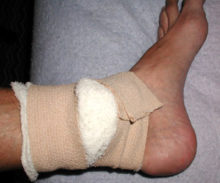 The Red Indians have long used this viscous inner bark to prepare a healing salve, and in herbal medicine a Slippery Elm bark powder is considered one of the best possible poultices for wounds, boils, ulcers, burns and all inflamed surfaces, soothing, healing and reducing pain and inflammation.
The Red Indians have long used this viscous inner bark to prepare a healing salve, and in herbal medicine a Slippery Elm bark powder is considered one of the best possible poultices for wounds, boils, ulcers, burns and all inflamed surfaces, soothing, healing and reducing pain and inflammation.
It is made as follows:
Mix the powdered bark with hot water to form the required consistency, spread smoothly upon soft cotton cloth and apply over the parts affected. It is unfailing in cases of suppurations, abscesses, wounds of all kinds, congestion, eruptions, swollen glands, etc.
In simple inflammation, it may be applied directly over the part affected; to abscesses and old wounds, it should be placed between cloths. If applied to parts of the body where there is hair, the face of the poultice should be smeared with olive oil before applying.
Source: A Modern Herbal
For information on individual herbs visit: The Encyclopedia of Herbology
Diarrhea Cure
An injection for diarrhea may be made as follows:
- 1 drachm powdered Slippery Elm bark
- 3 drachms powdered Bayberry
- 1 drachm powdered Scullcap.
Pour on 1/2 pint of boiling water, infuse for half an hour, strain, add a teaspoonful of tincture of myrrh and use lukewarm. (By injection, I assume she means an inema.)
Source: A Modern Herbal
For information on individual herbs visit: The Encyclopedia of Herbology
Measurement conversions can be found here: Table of Weights and Measures
Slippery Elm for Pleurisy
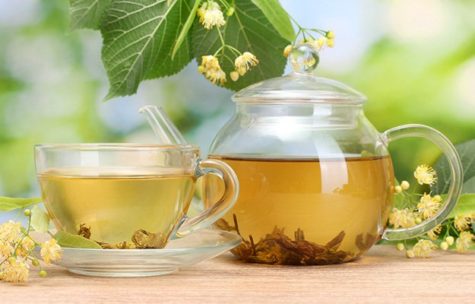 In Pleurisy, the following is recommended:
In Pleurisy, the following is recommended:
Take 2 oz. each of Pleurisy root, Marsh Mallow root, Licorice root and Slippery Elm bark. Boil in 3 pints of water down to 3 gills. Dose: 1/2 teaspoonful every half-hour, to be taken warm.
Source: A Modern Herbal
For information on individual herbs visit: The Encyclopedia of Herbology
Measurement conversions can be found here: Table of Weights and Measures
Slippery Elm for Bronchitis
Slippery Elm bark is an ingredient in various lung medicines. A valuable remedy for Bronchitis and all diseases of the throat and lungs is compounded as follows:
- 1 teaspoonful Flax seed
- 1 oz. Slippery Elm bark
- 1 oz. Thoroughwort (Boneset)
- 1 stick Licorice
- 1 quart water
Simmer slowly for 20 minutes. Strain and add 1 pint of the best vinegar and 1/2 pint of sugar. When cold, bottle. Dose: 1 tablespoonful two or three times a day.
Source: A Modern Herbal
For information about the individual herbs visit: The Encyclopedia of Herbology
Slippery Elm Cures and Remedies
What follows is a collection of remedies and cures that call upon the healing power of Slippery Elm bark.
In typhoid fever, the Slippery Elm drink, prepared as for coughs, is recommended, serving a threefold purpose, to cleanse, heal and strengthen, the patient being allowed to drink as much as desired until thirst has abated, and other remedies can be used. If the patient is not thirsty, a dose of 2 large tablespoonfuls every hour for an adult has been prescribed.
As a heart remedy, a pint of Slippery Elm drink has been prescribed alternately with Bugleweed compound.
Slippery Elm bark possesses also great influence upon diseases of the female organs.
It is particularly valuable both medicinally and as an injection in dysentery and other diseases of the bowels, cystitis and irritation of the urinary tract. The injection for inflammation of the bowels is made from an infusion of 1 OZ. of the powder to 1 pint of boiling water, strained and used lukewarm. Other remedies should be given at the same time.
As an enema for constipation, 2 drachms of Slippery Elm bark are mixed well with 1 OZ. of sugar, then 1/2 pint of warm milk and water and an ounce of Olive Oil are gently stirred in.
Injection for worms (Ascarides): 1/2 drachm Aloes powder, 1 drachm common salt, 1/2 drachm Slippery Elm powder (fine). When well mixed, add 1/2 pint warm water and sweeten with molasses, stirring well.
Slippery Elm mucilage is also prescribed to be mixed with Oil of Male Fern (2 oz. of the mucilage to 1 drachm of the oil) as a remedy for the expulsion of tapeworm.
Source: A Modern Herbal
For information about the individual herbs visit: The Encyclopedia of Herbology
A conversion table for measurements can be found here: Table of Weights and Measures
Slippery Elm for Cough
A Slippery Elm compound excellent for coughs is made as follows:
- Cut obliquely one or more ounces of bark into pieces about the thickness of a match
- Add a pinch of Cayenne flavor with a slice of lemon and sweeten
- Infuse the whole in a pint of boiling water and let it stand for 25 minutes.
Take this frequently in small doses: for a consumptive patient, about a pint a day is recommended. It is considered one of the best remedies that can be given as it combines both demulcent and stimulating properties. Being mucilaginous, it rolls up the mucous material so troublesome to the patient and passes it down through the intestines.
Source: A Modern Herbal
For information about the individual herbs visit: The Encyclopedia of Herbology
Slippery Elm Cereal
Demulcent, emollient, expectorant, diuretic, nutritive. The bark of this American Elm, though not in this country as in the United States an official drug, is considered one of the most valuable remedies in herbal practice, the abundant mucilage it contains having wonderfully strengthening and healing qualities.
It not only has a most soothing and healing action on all the parts it comes in contact with, but in addition possesses as much nutrition as is contained in oatmeal, and when made into gruel forms a wholesome and sustaining food for infants and invalids. It forms the basis of many patent foods.
Slippery Elm Food is generally made by mixing a teaspoonful of the powder into a thin and perfectly smooth paste with cold water and then pouring on a pint of boiling water, steadily stirring meanwhile. It can, if desired, be flavored with cinnamon, nutmeg or lemon rind.
This makes an excellent drink in cases of irritation of the mucous membrane of the stomach and intestines, and taken at night will induce sleep.
Another mode of preparation is to beat up an egg with a teaspoonful of the powdered bark, pouring boiling milk over it and sweetening it.
Taken unsweetened, three times a day, Elm Food gives excellent results in gastritis, gastric catarrh, mucous colitis and enteritis, being tolerated by the stomach when all other foods fail, and is of great value in bronchitis, bleeding from the lungs and consumption (being most healing to the lungs), soothing a cough and building up and preventing wasting.
Source: A Modern Herbal
For information about the individual herbs visit: The Encyclopedia of Herbology
Marsh Mallow Poultice
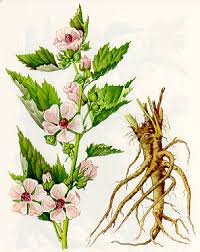 The powdered or crushed fresh roots of the Marsh Mallow make a good poultice that will remove the most obstinate inflammation and prevent mortification. Its efficacy in this direction has earned for it the name of Mortification Root.
The powdered or crushed fresh roots of the Marsh Mallow make a good poultice that will remove the most obstinate inflammation and prevent mortification. Its efficacy in this direction has earned for it the name of Mortification Root.
Slippery Elm may be added with advantage, and the poultice should be applied to the part as hot as can be born and renewed when dry.
An ointment made from Marsh Mallow has also a popular reputation, but it is stated that a poultice made of the fresh root, with the addition of a little white bread, proves more serviceable when applied externally than the ointment.
The fresh leaves, steeped in hot water and applied to the affected parts as poultices, also reduce inflammation, and bruised and rubbed upon any place stung by wasps or bees take away the pain, inflammation and swelling.
Pliny stated that the green leaves, beaten with nitre and applied, drew out thorns and prickles in the flesh.
Source: A Modern Herbal
For information about the individual herbs visit: The Encyclopedia of Herbology
Saida: Salves To Heal Up Wounds
Brenda-Lee: Egg White Cough Cure
Pat Scott: Marsh Mallow Ointment
Sharon from Cleveland, Ohio: Egg White Cough Cure
Vagabond Witch: Soapwort Shampoo
